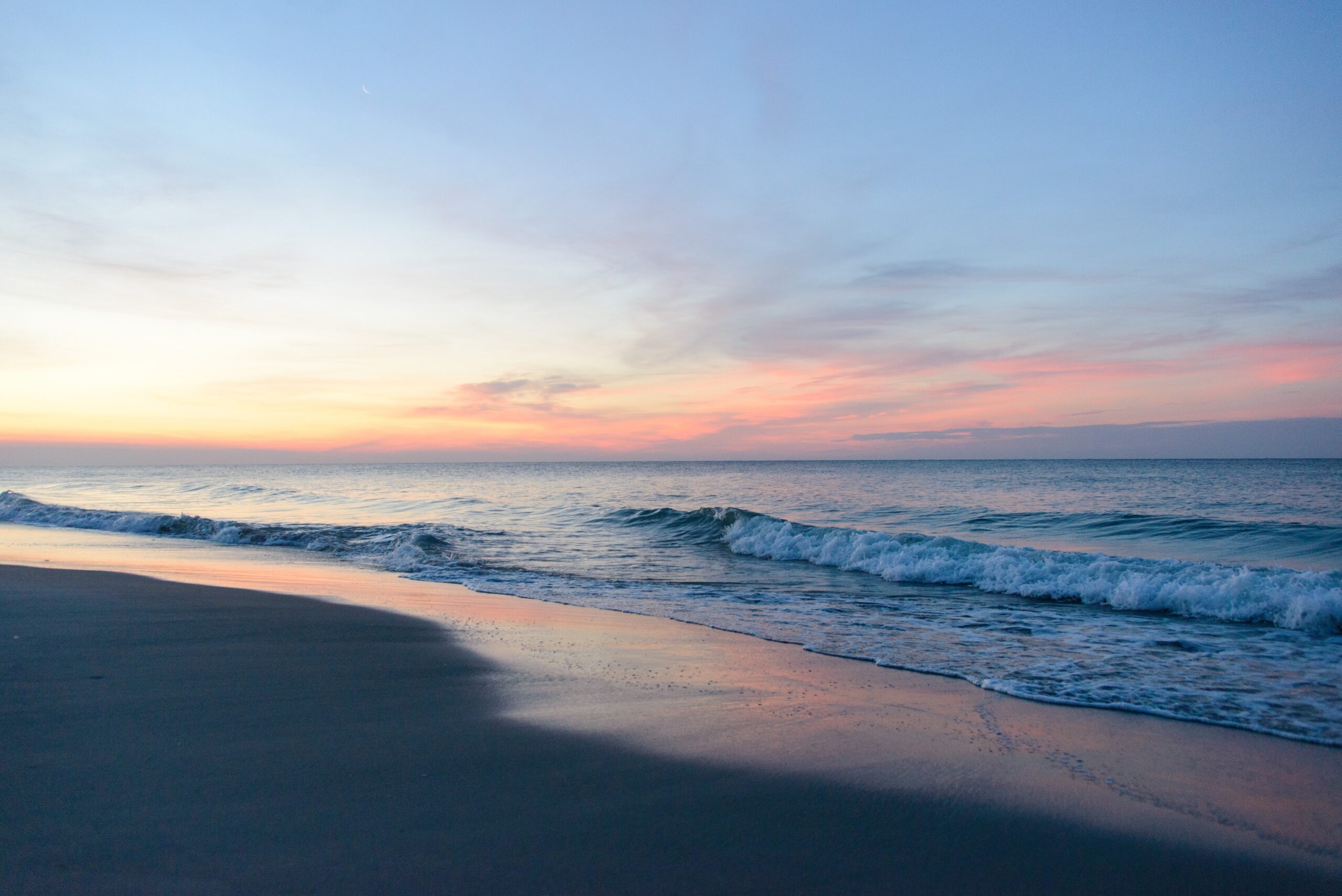For an in-depth exploration of coastal South Carolina’s rich history, one need only to spot and read, any of the Horry County Historical Markers.
Stand in a spot where history happened, and somehow you soak it all up through the soles of your shoes – the 17th, 18th and 19th centuries, from hardscrabble early settlers to hardworking slaves to delicate Southern women with hoop skirts and parasols. The streets were unpaved, the traffic was horse and mule, and the communities in this area invented themselves. Many continue to exist according to the character and color of their formative years.
Those days are gone but not forgotten. Various individuals and groups have erected historical markers to remind both citizens and visitors of all that has gone before, and they’ve had to reduce all that to the handful of words that fit on the marker. It’s not quite the same as a novel or a full-length movie, so you have to use your own imagination to supply the dialogue, costumes, and sets. Sometimes that’s better anyway.
You’ll spot these Horry County markers everywhere you go, from the boardwalks of Myrtle Beach and North Myrtle Beach to the smaller communities of Little River and Galivants Ferry to the coastal communities of Conway or Socastee, these South Carolina markers are everywhere, reminding you of all the history the Grand Strand has to offer. On your next beach stroll, take a pause and admire the markers you’ll surely encounter.
Horry County’s SC Historical Markers
Loris Training School. Front: “Loris Training School, which stood here from 1928 to 1955, was the first school for black students in Loris and other nearby communities. Built at a cost of $4,700, it was one of more than 5,000 schools in the South funded in part by the Julius Rosenwald Foundation between 1917 and 1932. William P. Johnson, Sr. (1910-2007), the first principal once it became a public school, led Loris Training School 1931-1941.”
Reverse: “The Loris Training School opened in 1928 with grades 1-7 and a six-month term, but William P. Johnson eventually won approval for a nine-month term and for adding grades 8-11. George C. Cooper (1915-1991) was principal here from 1941 until the school closed in 1955. Its students were transferred to the Finklea Consolidated High School, with Cooper as principal there until it closed with desegregation in 1970.”
Erected in 2008 by the Finklea High/Loris Training School Alumni Association at the intersection of Cedar Street and Lewis Street in Loris.
Green Sea Baptist Church. Front: “This church, known as Honey Camp Baptist Church until 1924, was founded in 1807. It is the mother church to several Baptist churches in eastern SC, including Spring Branch (1830), Pleasant View (1875), Mt. Zion (1887), Mt. Olive (1890), Dogwood (1896), Carolina (1902) and Grassy Bay (1905). It was first located a few miles southwest, near Honey Camp Swamp.”
Reverse: “Admitted to the Cape Fear (NC) Association in 1822, then to the Waccamaw Association in 1876, this congregation worshipped near Honey Camp Swamp until 1869, when J.H. Derham donated this site. The first sanctuary here, a frame building, was replaced by a larger one in 1886. It burned in 1931 and was replaced by the present brick sanctuary, completed in 1932.”
Erected in 2003 by Green Sea Baptist Church at the intersection of Green Sea Road (SC 410) and Fair Bluff Highway SC Road S-26-33) in Green Sea.
Levister Elementary School. Front: “This school, built in 1953, was one of the many African-American schools built by the equalization program of Gov. James F. Byrnes, intended to preserve school segregation by building new schools for black children. Students in grades 1-7, who had previously attended the Allen, Cool Springs, Pleasant Hill, and Union Chapel schools, began the 1953-54 school year here. The last graduating class was the Class of 1969.”
Reverse: “This school became the Aynor Elementary School Annex in 1974; it closed in 1997. It was named for Nellie Burke Levister (1884-1968), the first Jeanes teacher in Horry County, who held that post from 1922 until 1958. The Jeanes Fund, established in 1908, was also called the Negro Rural School Fund. Its supervising teachers were consultants for the rural teachers and schools in their counties.”
Erected in 2010 by the Levister Development Activity Center at the intersection of 11th Avenue and Gum Street in Aynor.
Atlantic Beach. Front: “Atlantic Beach, nicknamed ‘The Black Pearl,’ was established about 1934 as an oceanfront community for blacks denied access to other area beaches by segregation. Many became year-round residents, but most spent their vacations here. From the 1930s to the 1970s ‘The Black Pearl’ was one of the most popular beach resorts on the East Coast for blacks from Va. to Fla. Its hotels, nightclubs, restaurants, shops and pavilion were packed every May to September.”
Reverse: “George Tyson was the first to develop this area, from 1934 to 1943. In 1943 the Atlantic Beach Co. – J.W. Seabrook, R.K. Gordon, and P.C. Kelly III – bought the tracts and continued to develop them. As other area beaches began desegregating in the 1970s the beach saw fewer visitors. The town of Atlantic Beach, chartered in 1966 with Emery Gore and Millard Rucker as its first two mayors, is one of a few black-owned and governed oceanfront communities in the United States.”
Erected in 2005 by Atlantic Beach Historical Society at the intersection of 30th Avenue South and South 3rd Street.
True Vine Missionary Baptist Church. Front: “This church was organized in 1894 by founders Antey Graham, Beney Graham, Samuel Graham, Will Hill and Ben Wilson, and later became a member of the Kingston Lake Association. The first sanctuary, a frame building, was built around 1913 and located near what is now SC Hwy 90; it was later on Boroughs Road.”
Reverse: “Rev. Patrick Dewitt, Rev. Solomon Chestnut, Rev. A.T. Graham and Rev. H.H. Wilson were among the earliest pastors serving True Vine Missionary Baptist Church. In 1943 the old sanctuary was moved to this site by a team of mules. The present brick sanctuary, the second serving the congregation, was built in 1971.”
Erected in 1999 by True Vine Missionary Baptist Church on SC Route 90 west of Conway Bypass (SC Route 22) in Grahamville.
St. James Rosenwald School. Front: “St. James Rosenwald School, which stood here from the late 1920s until the early 1970s, was one of several African-American schools in Horry County funded in part by the Julius Rosenwald Foundation. Rev. Smart Small, Sr. (1891-19961), assisted by Eugene Beaty (1889-1958), Dave Carr (1886-1992), Henry Small (1897-1999) and Richard Small, Sr. (1893-1950) led fundraising efforts.”
Reverse: “The school, built in 1928 or 1929, was a five-room frame schoolhouse typical of the larger rural schools built by the Rosenwald Foundation between 1917 and 1932. It educated about 150 students a year in grades 1-10, with five or six teachers. St. James Rosenwald School had two principals: Eula G. Owens (d. 1971), succeeded by her husband, Boyd Williams Owens (d. 1981). It closed in 1970 after desegregation.”
Erected in 2005 by the Burgess Organization for the Advancement of Young People, at SC Route 707 near McDowell Short Cut Road (SC Route 477) near Murrells Inlet.



